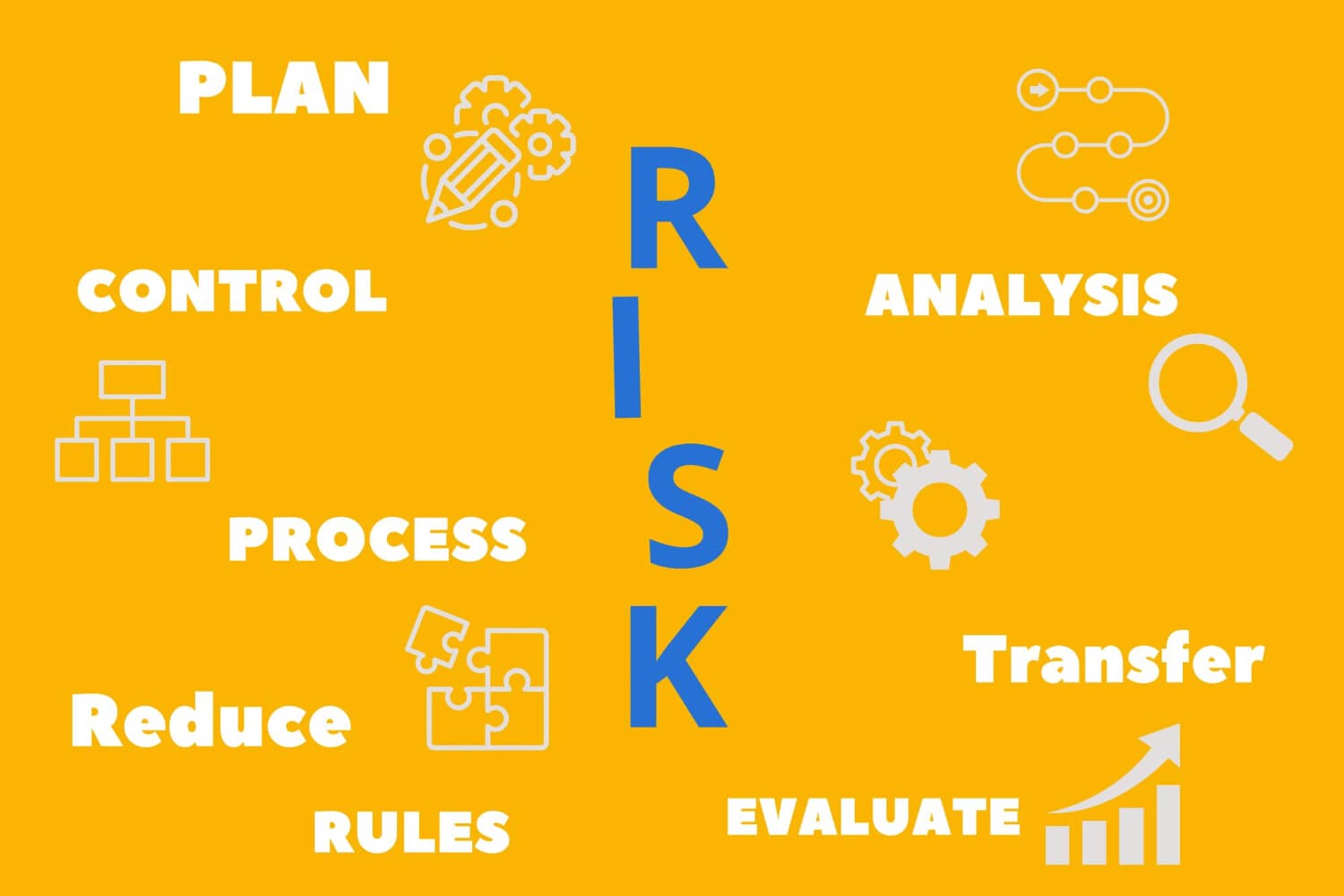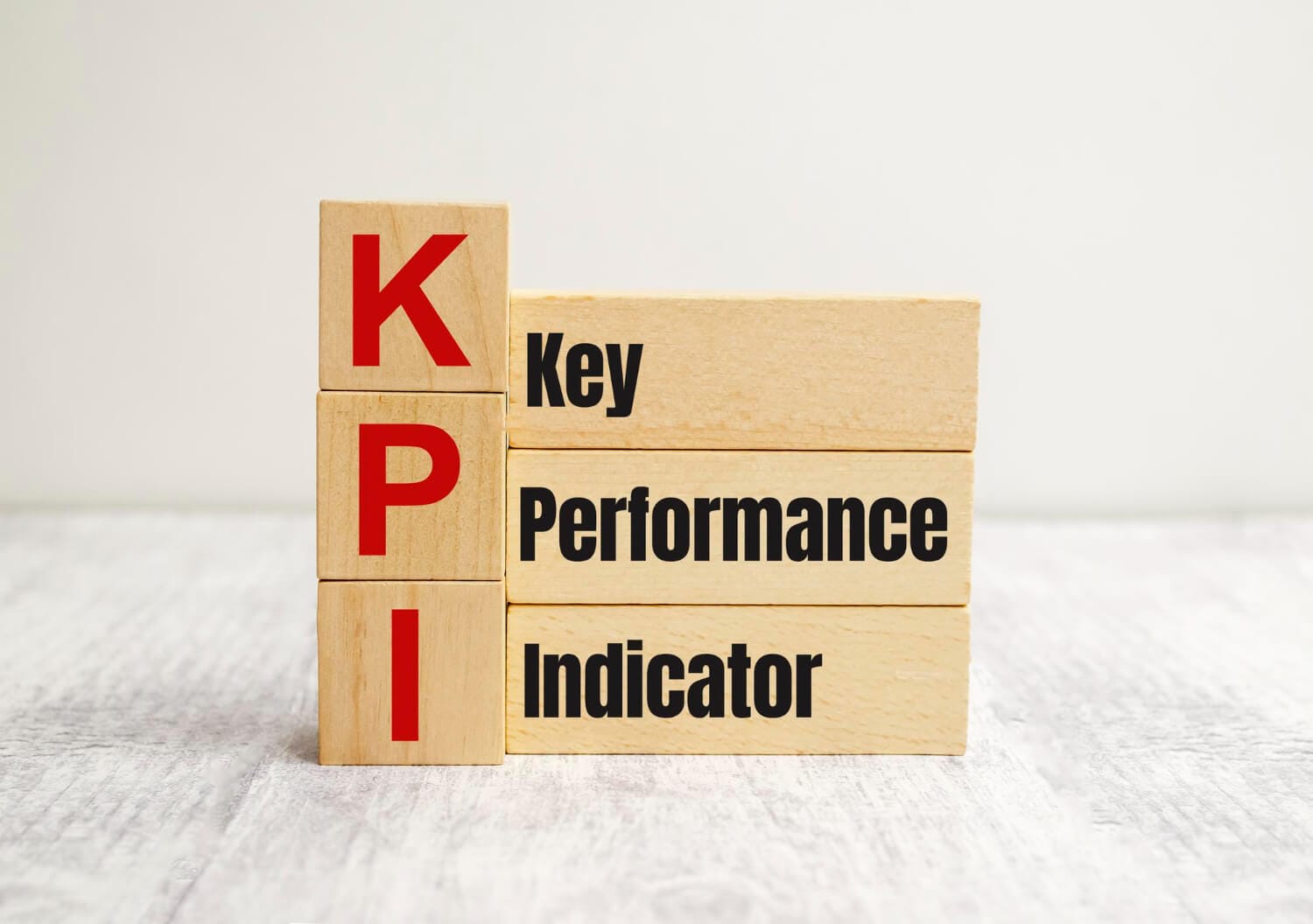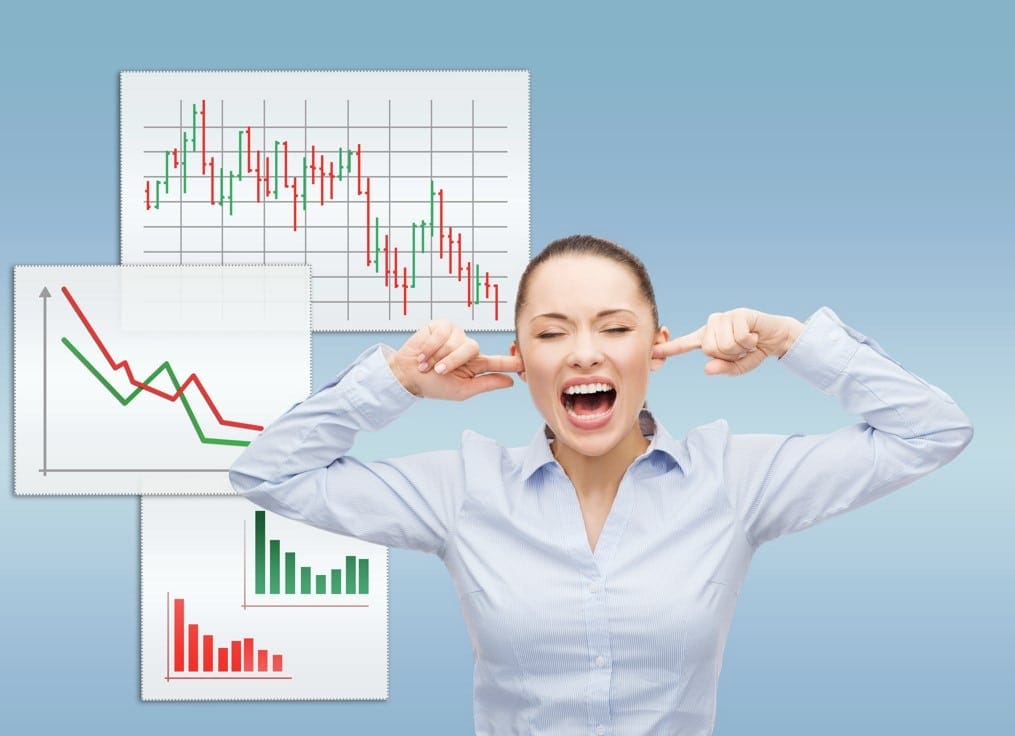I. Introduction
1. Overview of Forex Funds:
- Definition: Forex funds are investment vehicles that operate in the foreign exchange market (Forex or FX). These funds pool capital from investors to trade various currency pairs, aiming to generate returns.
- Purpose: Forex funds provide investors, both individual and institutional, exposure to the currency markets, allowing them to benefit from fluctuations in exchange rates.
- Structure: These funds can be structured in various ways, such as hedge funds or mutual funds, each with its own characteristics and strategies.
2. Importance of Strategic Planning:
- Rationale: The Forex market is known for its volatility and complexity. Strategic planning is crucial to navigate through market uncertainties, manage risks, and seize profitable opportunities.
- Components of Strategic Planning: This involves defining the fund’s goals, outlining the trading strategy, specifying risk management protocols, and establishing a framework for operational and legal considerations.
- Long-Term Viability: Strategic planning isn’t just about short-term gains but also about ensuring the long-term viability and sustainability of the fund.
II. Fund Structure
1. Legal and Regulatory Considerations:

Regulatory Compliance:
-
- Importance: Forex funds, like any financial institution, must comply with regulatory standards set by financial authorities. Compliance ensures transparency, investor protection, and the integrity of the financial markets.
- Examples: This involves adherence to specific regulations set by regulatory bodies such as the Securities and Exchange Commission (SEC) in the United States, the Financial Conduct Authority (FCA) in the United Kingdom, or the relevant financial authority in the jurisdiction where the fund operates.
Jurisdictional Variances:
-
- Understanding Jurisdictional Differences: Forex markets are global, and regulatory requirements can vary significantly between jurisdictions. Fund managers need a thorough understanding of the regulatory landscape in the regions where they operate.
- Local Legal Expertise: Engaging legal professionals familiar with the financial regulations in each jurisdiction is crucial to ensure compliance.
2. Fund Types:

Hedge Funds vs. Mutual Funds:
-
- Hedge Funds:
- Flexibility: Hedge funds often have more flexibility in their investment strategies, allowing for a diverse range of approaches such as short selling, leverage, and derivatives trading.
- Performance Fees: Hedge fund managers commonly charge performance fees based on profits, aligning their interests with investors.
- Mutual Funds:
- Traditional Investments: Mutual funds typically follow more traditional investment strategies and might have restrictions on certain activities, like short selling.
- Management Fees: Mutual funds usually charge management fees based on assets under management (AUM) rather than performance, making them more straightforward in fee structures.
- Hedge Funds:
Open-end vs. Closed-end Funds:

-
- Open-end Funds:
- Continuous Issuance and Redemption: Investors can buy and sell shares of open-end funds at any time. The fund continuously issues and redeems shares based on the current net asset value (NAV).
- NAV Calculation: The NAV is calculated at the end of each trading day, reflecting the total value of the fund’s assets divided by the number of outstanding shares.
- Closed-end Funds:
- Fixed Number of Shares: Closed-end funds have a fixed number of shares, which are bought and sold on secondary markets like stocks.
- Market-Driven Pricing: Unlike open-end funds, the market determines the share price of closed-end funds, often resulting in shares trading at a premium or discount to the NAV.
- Open-end Funds:
Understanding the legal and structural considerations of a Forex fund is fundamental for establishing a solid foundation. It ensures compliance with regulations, protects the interests of both the fund manager and investors, and determines the operational framework for the fund’s activities.
III. Developing a Trading Strategy

1. Fundamental Analysis:
- Definition:
-
- Overview: Fundamental analysis involves evaluating economic, social, and political factors that influence currency values. Traders analyze macroeconomic indicators and policies to make informed trading decisions.
- Key Components: Economic indicators, interest rates, employment data, and geopolitical events are crucial components in fundamental analysis.
- Economic Indicators:
- GDP Growth: The Gross Domestic Product (GDP) growth rate indicates the economic health of a country. Higher growth is generally associated with a stronger currency.
- Inflation Rates: Traders monitor inflation rates as they impact a currency’s purchasing power and, subsequently, its value in the foreign exchange market.
- Employment Data: Indicators like non-farm payrolls provide insights into a country’s job market, influencing consumer spending and overall economic stability.
- Central Bank Policies:
- Interest Rates: Central banks set interest rates, impacting borrowing costs and influencing currency values. Traders closely follow interest rate decisions and policy statements.
- Monetary Policy: Central banks’ overall monetary policy stance, including quantitative easing or tightening, affects currency supply and demand.
2. Technical Analysis:

- Definition:
-
- Overview: Technical analysis involves studying historical price charts and using patterns, indicators, and oscillators to predict future price movements.
- Tools: Traders employ various tools like moving averages, trendlines, and chart patterns to identify trends and potential entry/exit points.
- Chart Patterns:
- Head and Shoulders: A reversal pattern signaling a potential trend change.
- Triangles: Symmetrical, ascending, or descending triangles indicate potential breakouts or breakdowns.
- Flags: Continuation patterns that suggest a brief consolidation before the previous trend resumes.
- Indicators and Oscillators:
- Moving Averages: Smooth out price data to identify trends.
- Relative Strength Index (RSI): Measures the speed and change of price movements, indicating overbought or oversold conditions.
- Stochastic Oscillator: Identifies potential trend reversals by comparing a security’s closing price to its price range over a specific period.
3. Sentiment Analysis:

- Definition:
-
- Overview: Sentiment analysis involves gauging the mood of market participants to predict potential market movements.
- Indicators: Commitments of Traders (COT) reports, Forex Fear and Greed Index, and sentiment indicators help assess market sentiment.
- News and Social Media Analysis:
- Impact of News: Major economic news releases can cause significant market volatility. Traders analyze economic calendars and news releases.
- Social Media Influence: Social media platforms can influence market sentiment. Traders monitor platforms for discussions and trends.
Developing a comprehensive trading strategy involves integrating elements of fundamental analysis, technical analysis, and sentiment analysis. Traders use these tools to form a holistic view of the market and make well-informed trading decisions.
IV. Risk Management
1. Setting Risk Parameters:

- Maximum Drawdown:
-
- Definition: Maximum drawdown represents the largest peak-to-trough decline in the value of a trading account or fund.
- Purpose: It sets a limit on the acceptable level of losses, helping to preserve capital during adverse market conditions.
- Implementation: Traders establish a maximum drawdown percentage, and if losses reach or exceed this limit, it triggers a reassessment of the trading strategy.
- Position Sizing:
- Definition: Position sizing involves determining the amount of capital allocated to each trade.
- Purpose: It controls the impact of each trade on the overall portfolio, ensuring that no single trade has the potential to significantly erode capital.
- Methods: Common approaches include fixed fractional position sizing or the Kelly Criterion, which calculates position size based on the perceived edge in a trade.
2. Diversification:

- Currency Diversification:
-
- Definition: Currency diversification involves spreading investments across different currency pairs.
- Purpose: Reduces risk exposure to the fluctuations of a single currency, as different currencies may respond differently to economic events.
- Implementation: Traders may allocate funds to major, minor, and exotic currency pairs to achieve a balanced and diversified portfolio.
- Asset Class Diversification:
- Definition: Beyond currencies, asset class diversification involves spreading investments across different financial instruments or markets.
- Purpose: Provides additional risk mitigation by avoiding over-concentration in a particular asset class.
- Implementation: Traders may diversify into commodities, equities, or fixed-income instruments to achieve a well-rounded portfolio.
3. Contingency Planning:

- Emergency Exit Strategies:
-
- Definition: Emergency exit strategies outline predefined actions to be taken in response to unforeseen events or extreme market conditions.
- Purpose: Protects the fund from catastrophic losses by having a plan in place to exit trades or adjust positions during crises.
- Examples: Stop-loss orders, circuit breakers, or rapid liquidation procedures may be part of emergency exit strategies.
- Stress Testing:
- Definition: Stress testing involves simulating extreme market conditions to assess how the fund would perform under adverse scenarios.
- Purpose: Identifies vulnerabilities in the trading strategy and portfolio, allowing for adjustments and improvements.
- Scenarios: Stress tests may include simulations of market crashes, sudden geopolitical events, or periods of high volatility.
Proper risk management is a cornerstone of successful trading and fund management. It aims to preserve capital, limit potential losses, and ensure the fund’s ability to navigate through challenging market conditions. Traders and fund managers who effectively implement risk management strategies are better positioned for long-term success and sustainability.
V. Technology and Infrastructure
1. Trading Platforms:

- Choosing the Right Platform:
-
- Considerations: Selecting a trading platform is crucial and involves considering factors such as reliability, speed of execution, user interface, and available features.
- Compatibility: Ensure the chosen platform is compatible with the fund’s trading strategy and provides access to the necessary tools and markets.
- Risk Management Tools: The platform should offer robust risk management features, including stop-loss orders and real-time monitoring of positions.
- Automation and Algorithmic Trading:
- Definition: Automation involves using pre-programmed rules and algorithms to execute trades automatically.
- Advantages: Reduces emotional trading, ensures consistent execution of strategies, and allows for rapid response to market conditions.
- Risk Management: Algorithmic trading systems often incorporate risk management parameters to control position sizes and limit potential losses.
2. Data Analytics:

- Historical Data Analysis:
-
- Importance: Analyzing historical market data helps identify patterns, trends, and potential correlations.
- Strategy Backtesting: Traders use historical data to backtest their strategies, assessing how they would have performed in past market conditions.
- Refinement: Insights gained from historical data analysis contribute to refining and optimizing trading strategies.
- Real-time Market Data:
- Timely Decision-Making: Access to real-time market data is crucial for making informed and timely trading decisions.
- Market Monitoring: Traders use live data feeds to monitor price movements, news releases, and other relevant information impacting the markets.
- Execution Speed: Rapid execution of trades relies on up-to-the-second market data, especially in fast-paced markets.
VI. Performance Monitoring
1. Key Performance Indicators (KPIs):

- Return on Investment (ROI):
-
- Calculation: ROI is calculated by dividing the net profit from trading by the initial capital investment.
- Benchmarking: ROI provides a clear measure of the fund’s profitability. Comparing ROI to industry benchmarks or other funds helps assess relative performance.
- Long-term View: ROI is crucial for investors to gauge the fund’s overall effectiveness in generating returns over the long term.
- Sharpe Ratio:
- Definition: The Sharpe ratio measures the risk-adjusted return of an investment by considering the standard deviation of returns.
- Interpretation: A higher Sharpe ratio indicates better risk-adjusted performance, demonstrating that the fund has achieved higher returns relative to its risk exposure.
- Comparison: Investors often use the Sharpe ratio to compare the risk-adjusted performance of different funds or investment strategies.
2. Regular Audits and Reviews:
- Internal Audits:
-
- Frequency: Internal audits are periodic reviews conducted by the fund’s internal team or external professionals.
- Risk Assessment: Internal audits assess various aspects, including risk management processes, compliance with regulatory requirements, and adherence to the fund’s stated strategies.
- Operational Efficiency: These audits ensure that the fund’s internal processes are efficient, well-controlled, and aligned with its objectives.
- External Audits by Third Parties:
- Independence: External audits involve an independent assessment by third-party audit firms not directly associated with the fund’s management.
- Verification of Financial Statements: External auditors verify the accuracy of the fund’s financial statements, providing assurance to investors and regulatory authorities.
- Compliance Check: These audits ensure that the fund complies with industry regulations, providing transparency and building investor trust.
Performance monitoring through key indicators and regular audits is essential for the ongoing evaluation of a Forex fund’s success, financial health, and adherence to best practices. Investors rely on these metrics to assess the fund’s overall performance and make informed decisions about their investment. Regular internal and external audits further enhance transparency and demonstrate a commitment to compliance and operational excellence.
VII. Investor Relations
1. Communication Strategies:

- Transparency:
-
- Open Communication: Transparency involves clear and open communication with investors about the fund’s performance, strategies, and any relevant developments.
- Reporting Standards: Following standardized reporting practices ensures that investors receive consistent and comprehensive information.
- Periodic Reports and Updates:
- Frequency: Providing regular reports and updates, such as monthly or quarterly, keeps investors informed about the fund’s activities and performance.
- Content: Reports typically include financial statements, performance metrics, and any changes to the fund’s strategy or structure.
2. Building and Maintaining Trust:

- Consistent Performance:
-
- Demonstration of Skill: Consistent positive performance builds trust among investors, showcasing the fund manager’s skill in navigating the Forex markets.
- Clear Track Record: Investors look for a clear and positive track record as an indicator of the fund’s ability to generate returns over time.
- Clear Communication Channels:
- Accessibility: Providing accessible communication channels, such as email, phone support, or regular meetings, enhances investor confidence.
- Responsive Management: Promptly addressing investor queries or concerns demonstrates a commitment to maintaining a strong investor-manager relationship.
Investor relations are crucial for the success and sustainability of a Forex fund. Clear communication, transparency, and a commitment to building trust contribute to a positive relationship between the fund manager and investors. This relationship is built on a foundation of consistent performance, open communication, and accessibility to ensure investors feel confident in the fund’s management and strategy.
VIII. Psychological Aspects
1. Emotional Discipline:

- Handling Losses:
-
- Emotional Control: Emotional discipline involves managing emotions, especially during periods of losses. Traders must avoid impulsive decisions driven by fear or frustration.
- Loss Acceptance: Acknowledging and accepting losses as a natural part of trading helps maintain a rational mindset and prevents emotional decision-making.
- Avoiding Overconfidence:
- Balanced Confidence: While confidence is essential, avoiding overconfidence is crucial. Overconfident traders may take excessive risks or neglect thorough analysis.
- Continuous Evaluation: Regularly evaluating and adjusting strategies prevents complacency and overconfidence in the face of past successes.
2. Continuous Learning:
- Staying Updated on Market Trends:
-
- Dynamic Nature of Markets: Forex markets are dynamic, influenced by various factors. Staying updated on economic indicators, geopolitical events, and market sentiment is essential.
- Continuous Research: Traders should engage in continuous learning through research, reading, and staying informed about the latest developments in the financial world.
- Adapting to Changing Conditions:
- Flexibility: Markets can change rapidly. Traders must be adaptable, adjusting strategies to align with evolving market conditions.
- Learning from Mistakes: Continuous learning involves analyzing past trades, understanding mistakes, and implementing improvements for future decision-making.
Psychological aspects are often overlooked but are critical for successful Forex trading. Emotional discipline ensures that traders make decisions based on logic rather than impulsive reactions to market movements. Continuous learning is essential for staying ahead in a dynamic market environment, adapting to changes, and improving strategies over time. Balancing confidence with humility and being open to learning from both successes and failures contribute to long-term success in Forex trading.
IX. Adaptability and Flexibility
1. Market Changes:

- Economic Shifts:
-
- Impact on Currency Markets: Changes in economic conditions, such as shifts in GDP growth, inflation rates, or employment data, can significantly influence currency markets.
- Adaptation: Traders need to adapt their strategies to align with new economic realities, adjusting positions and risk management based on the evolving economic landscape.
- Geopolitical Events:
- Volatility Trigger: Geopolitical events, such as elections, geopolitical tensions, or policy changes, can trigger market volatility.
- Monitoring and Reaction: Traders should closely monitor geopolitical developments, be prepared for sudden market shifts, and adjust positions accordingly to manage risk.
2. Updating Strategies:
- Learning from Past Trades:
-
- Post-Trade Analysis: Conducting thorough analyses of past trades helps traders understand what worked and what didn’t.
- Iterative Improvement: Iteratively improving strategies based on past experiences enhances a trader’s ability to navigate future market conditions.
- Implementing Feedback Loops:
- Continuous Evaluation: Establishing feedback loops involves continually evaluating the effectiveness of trading strategies.
- Adjusting Strategies: Regularly incorporating feedback and making necessary adjustments ensures that strategies remain relevant and effective in different market environments.
Adaptability and flexibility are crucial in the dynamic and ever-changing landscape of Forex trading. Traders must be responsive to economic shifts and geopolitical events that can impact currency markets. Learning from past trades and implementing feedback loops allow for continuous improvement and refinement of trading strategies. Successful traders stay nimble, adjusting their approaches as market conditions evolve to maintain a competitive edge in the Forex market.
X. Legal and Ethical Considerations

1. Adhering to Regulations:
- Compliance with Financial Regulations:
-
- Regulatory Framework: Forex funds operate within a regulatory framework set by financial authorities in various jurisdictions.
- Compliance Measures: Fund managers must adhere to legal and regulatory requirements, ensuring that the fund’s operations are in line with industry standards.
- Reporting and Disclosure Obligations:
- Transparency: Regulatory bodies often mandate reporting and disclosure obligations to ensure transparency.
- Investor Protection: Meeting these obligations helps protect investors by providing them with accurate and timely information about the fund’s activities and performance.
2. Ethical Trading Practices:

- Avoiding Insider Trading:
-
- Definition: Insider trading involves trading securities based on material nonpublic information.
- Legal Consequences: Engaging in insider trading is illegal and can lead to severe legal consequences. Forex fund managers must avoid any unethical use of privileged information.
- Fair Treatment of Investors:
- Equitable Practices: All investors in a Forex fund should be treated fairly and equitably.
- Preventing Unfair Advantage: Fund managers must avoid practices that could provide certain investors with an unfair advantage over others.
Legal and ethical considerations are fundamental to the integrity and sustainability of a Forex fund. Adhering to financial regulations not only ensures compliance but also enhances investor trust. Ethical trading practices, such as avoiding insider trading and treating all investors fairly, contribute to a positive reputation in the industry and help maintain a level playing field for all market participants.
XI. Conclusion

1. Recap of Key Strategies:
- Summarizing Strategies:
-
- Overview: In the conclusion, provide a concise summary of the key strategies discussed throughout the guide.
- Reinforcing Key Points: Reinforce the importance of strategies related to trading, risk management, technology, performance monitoring, and psychological aspects.
- Highlighting Key Takeaways:
- Emphasizing Crucial Insights: Highlight essential insights gained from each section of the guide.
- Connecting the Dots: Connect the dots between different strategies, illustrating how they collectively contribute to a comprehensive and successful Forex fund management approach.
2. Continuous Improvement:
- Emphasizing Ongoing Learning:
-
- Learning as a Continuous Process: Reinforce the notion that learning is a continuous process in the dynamic Forex market.
- Encouraging Curiosity: Encourage fund managers to stay curious, seek new knowledge, and adapt to evolving market conditions.
- Adapting to Market Dynamics:
- Staying Nimble: Emphasize the importance of staying nimble and adapting strategies to changing market dynamics.
- Flexibility as a Strength: Position flexibility and adaptability as strengths in the face of uncertainty and unpredictability in the Forex market.
In the conclusion, it’s crucial to tie together the key strategies discussed in the guide, providing a comprehensive overview. Emphasize the importance of continuous improvement, learning from experiences, and adapting to the ever-changing nature of the Forex market. This section serves as a final reinforcement of the guide’s central themes and encourages fund managers to apply these insights in their ongoing efforts to navigate the complexities of the Forex landscape successfully.

